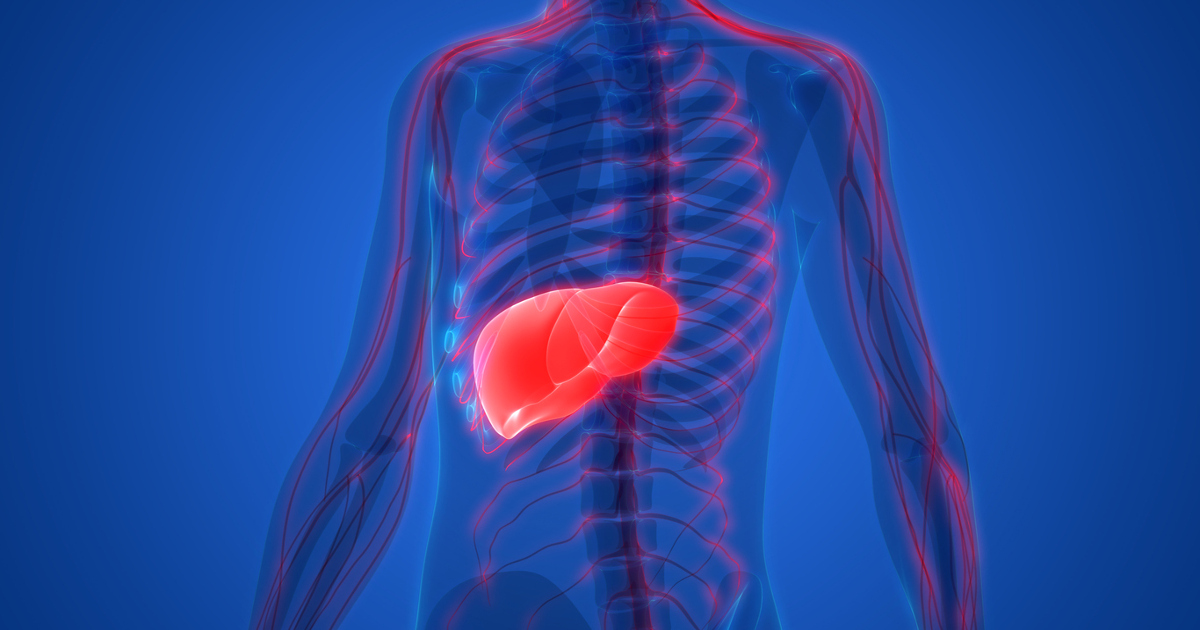Clinical Presentation Of Type 1 Glycogen Storage Disease
Type 1 glycogen storage disease, sometimes referred to as von Gierke disease, is a genetic disorder that affects the metabolism of a complex sugar known as glycogen. Patients with this condition experience a buildup of glycogen in the body that can impair the normal functioning of the liver, kidneys, and small intestines. Scientists have currently identified two types of this disorder: type 1A and type 1B. To diagnose type 1 glycogen storage disease, doctors will perform blood tests to measure glucose levels, lipids, and uric acid, and genetic testing may be performed to check for mutations on several genes. Ultrasound tests will also be conducted to examine the size of the liver and kidneys, and some patients might need to have a liver biopsy. Individuals with this condition are typically diagnosed between four and ten months old. Treatment options emphasize promoting infant growth and correcting the metabolic imbalances associated with the disorder. Parents of children with type 1 glycogen storage disease are encouraged to give their child frequent feedings in small amounts throughout the day. Doctors often advocate adding uncooked cornstarch to soy formula for infants with this disease; the cornstarch provides a slow and steady release of glucose. Some patients with type 1 glycogen storage disease may need to have overnight glucose feedings through a nasogastric tube. Patients might be advised to limit certain sugars in their diets too.
The symptoms described below are commonly seen in patients with type 1 glycogen storage disease.
Hepatomegaly

Hepatomegaly (an enlarged liver) occurs in patients with type 1 glycogen storage disease as excess glycogen accumulates in the organ. Affected individuals will tend to clinically present with an enlarged abdomen too. To assess the severity of hepatomegaly, the doctor will perform a clinical examination of the entire abdomen. They will palpate the patient's liver to assess for any pain or tenderness and estimate the size of the organ. CT scans and ultrasounds can confirm liver enlargement and provide detailed information about the severity of the enlargement and the presence of any scarring or other abnormalities. Occasionally, patients with type 1 glycogen storage disease may develop benign tumors on the liver; these are known as hepatic adenomas. Although rare, some patients might develop malignant liver tumors, so it is important for regular imaging studies to be performed. These imaging tests can also monitor the enlargement of the liver over time.
Read more about the clinical presentation of type 1 glycogen storage disease now.